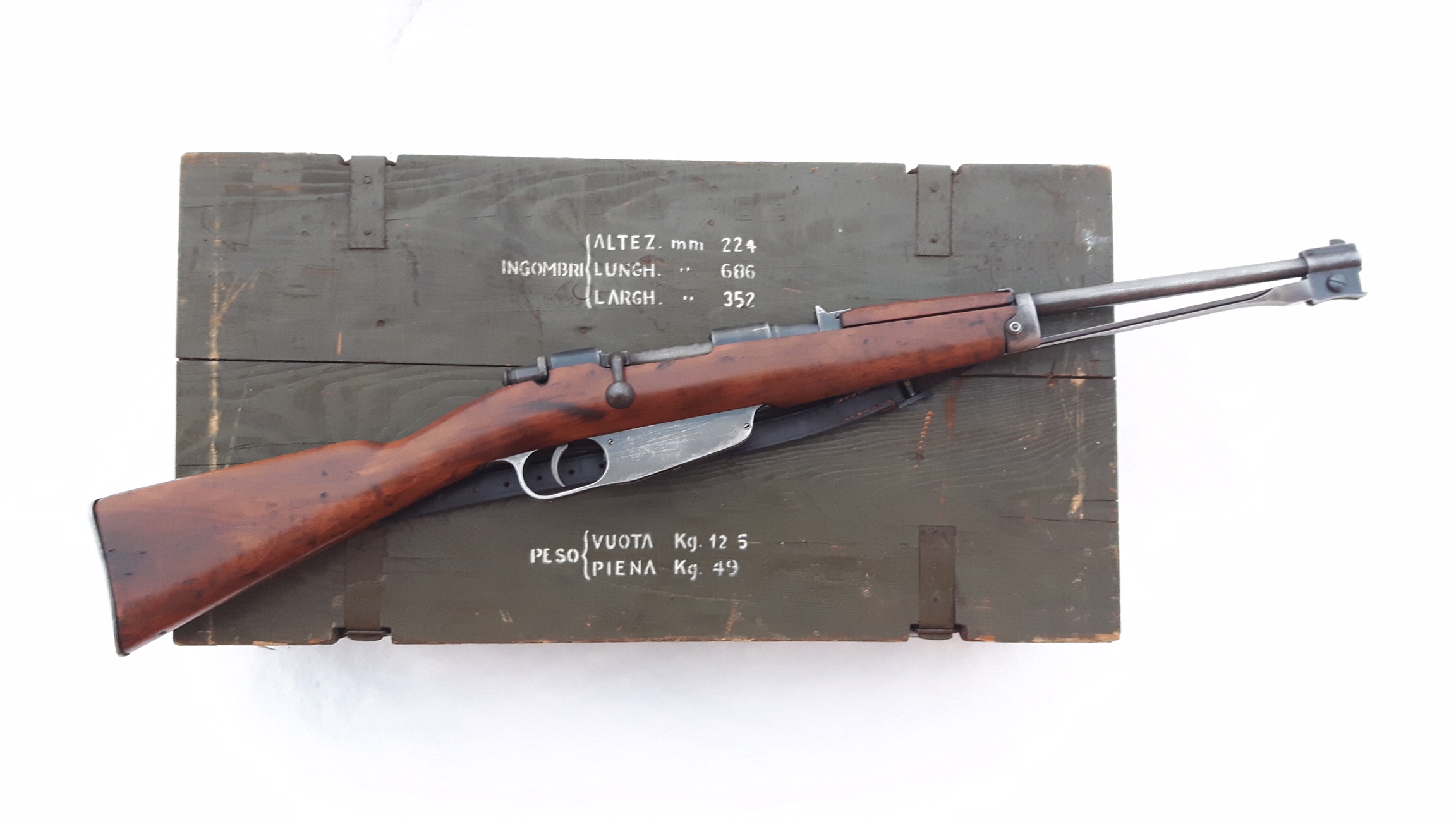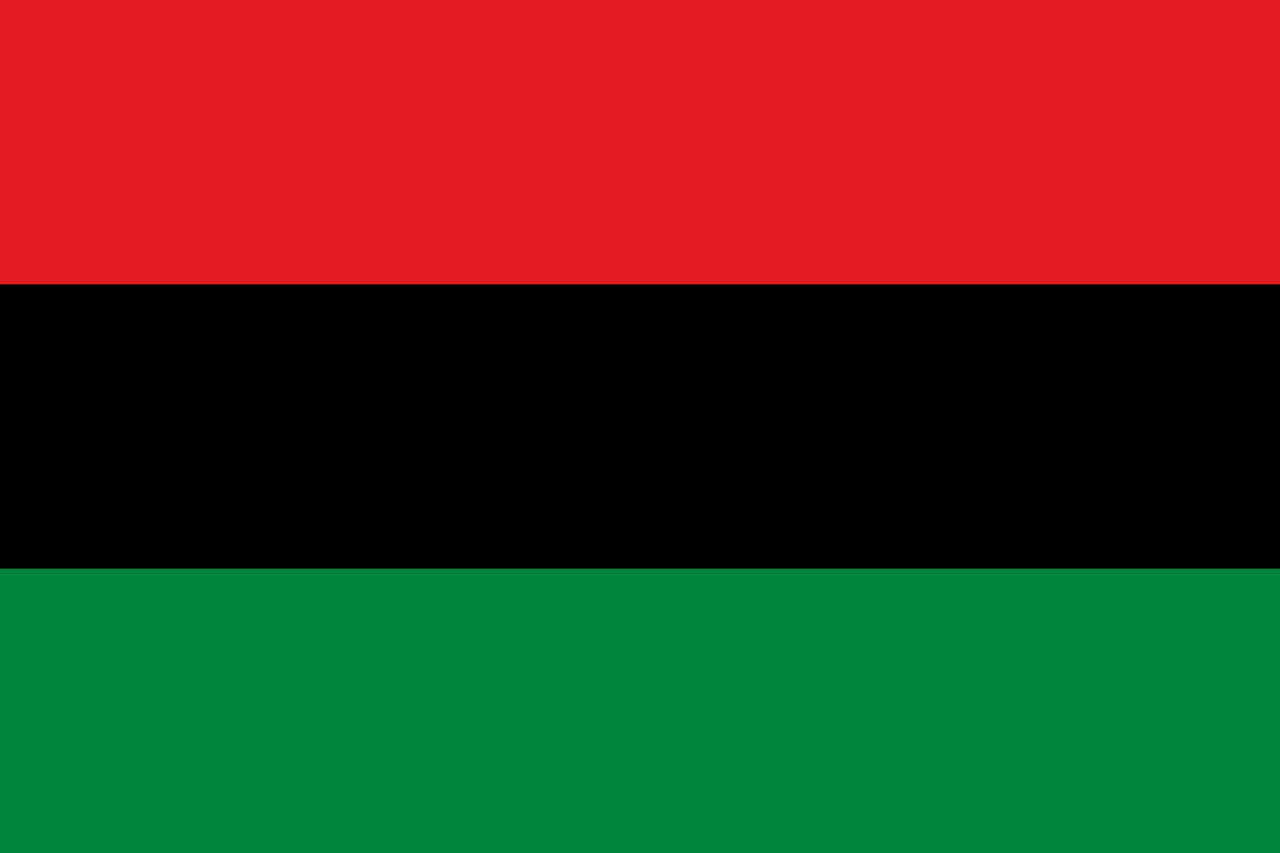
(The four stars represent the 4 branches of the Armed Forces. Army ("Regulars"), Navy, Air Force and (the star above the bear) Rangers)
The Armed Forces of the Californian Republic
California is still one of the youngest nations of North America and so are its armed forces. Born out of settlers militias, Californias army proudly sees itself as protectors of the people, an army of (white) people to protect the (mostly white) people. The core and oldest branch of the military are the
Californian Rangers.
Before what is today known as the California Gold Rush, Californias hispanic population was small, less then 100 000 souls spread out across villages, farms and little towns. In difference to their cousins south in New Spain, where private ownership of arms was heavily regulated, here free acsess to fire arms was a necessity for survival. From these bands of armed men would form the very first militias of California. Then when Gold was found, the situation changed.
Within months, tens of thousands and within years hundreds of thousands of people flooded California, until then still officially part of New Spain. They integrated fine and after the Gold veins were exhausted, either left for their homes or stayed in California. The wealth that had been found now called for a better defense. Although the tribes of the planes still resisted french and english treks of settlers, some still took the hard overland route to California and not all of them were peaceful. Bands of armed Frenchmen, some even supported by native warbands, flooded into California, which in their eyes was a massive, undefended gold nugget waiting for the taking.
With no New Spanish assistance in sight, the Californias sought to deal with this on their own. This was the birth of what is today known as the Congress of California, the first meeting of representative from all of California. There, a young man,
Diego Vega, son of one of the oldest familis, volunteered to lead to a force to defend California against these invaders and marauders. Few believed he had a chance, but still he was allowed to form his militia. Only a dozen man volunteered to follow him and nobody believed he would make it.
But, Vega did, more than anybody expected. During their first battle, his tiny force killed 12 marauders, captured ten and caused the remaining 30 to run. Beeing an excellent marksman and born in California, Vega knew the land and he knew the gun. With his money he had equipped the militia with best weapons money could get you. Relying on thie horses, camoflage and superior marksmanship, they decimated the unorganised band of marauders and were called heroes.
Soon more volunteers joiend them and their methods were refined and improved. Even Congress finally gave him more funds and soon, his Rangers were over 200 strong and battle hardened. However, their greatest trial would follow soon. Beeing hurt and made a fool by Vega and his men, the marauders and warbands banded together, over 1000 men strong and ready to flood into California. But now, they were no longer out for Gold, no they wanted revenge and their target was the city of Los Angeles. They knew that Vega and his men could not allow them to reach the city.
And so, in deserts of the Mojave, the marauder host was met by the "Californian Rangers" and for some time it seemed that the Rangers would fall. But, when they were about to be overrun, Vega, sabre in one hand, revolver in the other, lead his Rangers in a counter attack, shocking the marauders and causing them to rout. The battle was won and for three days the Rangers gave chase, catching most marauders and either killing or chasing of the tribal warriors.
Many say that the men of the Congress are Californias founding fathers, that they shaped and created the Californias we know today. But everybody agrees that Diego Vega, although not a politician, but merely a humble soldier serving his homeland, was just as much a founding father as any man of Congress.
To this day the Rangers, today an almost 10 000 men strong volunteer force, proudly call themselves "Vegas" in remembrance of their founder and still wear his trademark brimmed hat. Additionally (at least during patrol in the deserts) they were long dust coats and light cloths. During frontline duty the hat is usually left of the head and replaced with a helmet, but Rangers can still be recognized by their light, but high quality gear.

Expensive, but also reliable and of high quality, the hand-made Mannlicher-Schönauer rifles have been the Rangers main weapon for the last two decades. While the outbreak of the war caused troubles, since it cut off any supplies from Austria, several smaller Californian gunsmiths have (without an official license) began to supply the Rangers with parts, ammunition and maintenance for these weapons. Every Ranger is, once training is completed, given his personal rifle and, unless the rifle gets destroyed during combat, is expected to keep the rifle throughout his service. Many retired Rangers also keep their rifles.
Today the Rangers are an elite recon, cavallery and light infantry force tasked with patrolling the vast border regions of California and providing recon to the Regulars. Every ranger is a marksman, every ranger is a horseman and every Ranger is a scout. However with the horrors of the Great War and the advent of mechanization, many start to question how viable the Ranger Corps is today.
Diego Vega himself would never enter politics, but remain commander of the Rangers for decades to come. His popularity is unmatched by any other public person in Californias histoty and only after an incident that cost him both and arm and a leg in 1902, would the by then ancient man stop serving, to retire to his private Ranch. His Morals and bravery are until this day the beacon Californias people.
The second and largest part of the Californian Armed forces are the
Regulars or Army. Formed after the creation of the Viceroyalty of California, they were a relatively small force of volunteers, meant to reinforce the Rangers with heavy firepower if necessary or garrison forts and strategic locations. This approach had to change once the Great War came and, while Californias contributions were small to the war, California did introduce universalt conscription, to be prepared for the worse.
Today the Regulars are a typical modern, spanish style force. Well trained and supplies, lead by generally competent officers, but also lacking in heavy guns, motorization and, in Californias case, experience. The greatest feature of the Californian regulars is their morale.

Short yet precise and reliable, the compact Caracno carabine is respected by the troopers of the Californian Army. The Carcano has a love/hate relationship with the troops. They love its lightness and its reliability, but they hate its stiff action. Similiar to the Rangers, the Army lost its supply from Europe, but thanks to the Caracnos simple construction, Californian companies could easily provide new rifles, ammunition, spare parts and maintenance.
Just like their Ranger brothers, the Regulars see themselves as guardians and protectors of the people, they are the shield protecting the people from threats. Having had relatively little experience in the Great War, Californian officers and soldiers still ahve a relatively innocent look at war, although with the war in south raging, that is changing.
During the Great War, California send a single division to serve in Italy, which had a several Ranger companies at its core. While it fought gallantly, Calfornias main contributions to the war were money and supplies. Although, with the increased conflict on the continent and the recent declaration of independence, Congress has agreed on a expansion of forces and several alrge scale manouvers to improve the general quality of troops and leadership.
The Californian Air Force, while a seperate branch, is tiny at best. At the moment its composed of a handful of planes, each of different design and origin, barely enough to train pilots and a nightmare to supply. However, Califonias small industry seems to get ready to supply some more modern equipment.
The last branch is the Navy. Lacking any Capital ships, the Californian Navy is mostly composed of destroyers, a handful of older and newer cruiser and numerous gun and torpedo boats. They are proud, they are well trained and dsiciplined, but are also painfully aware of the limitations their navy has. Some of the more junior officers have, since the declaration of independence, argue that California should seek closer ties with Imperial Japan to gain acsess to their naval technology, but neither High Command nor Congress show much interest in that.




 /spoiler]
/spoiler]





